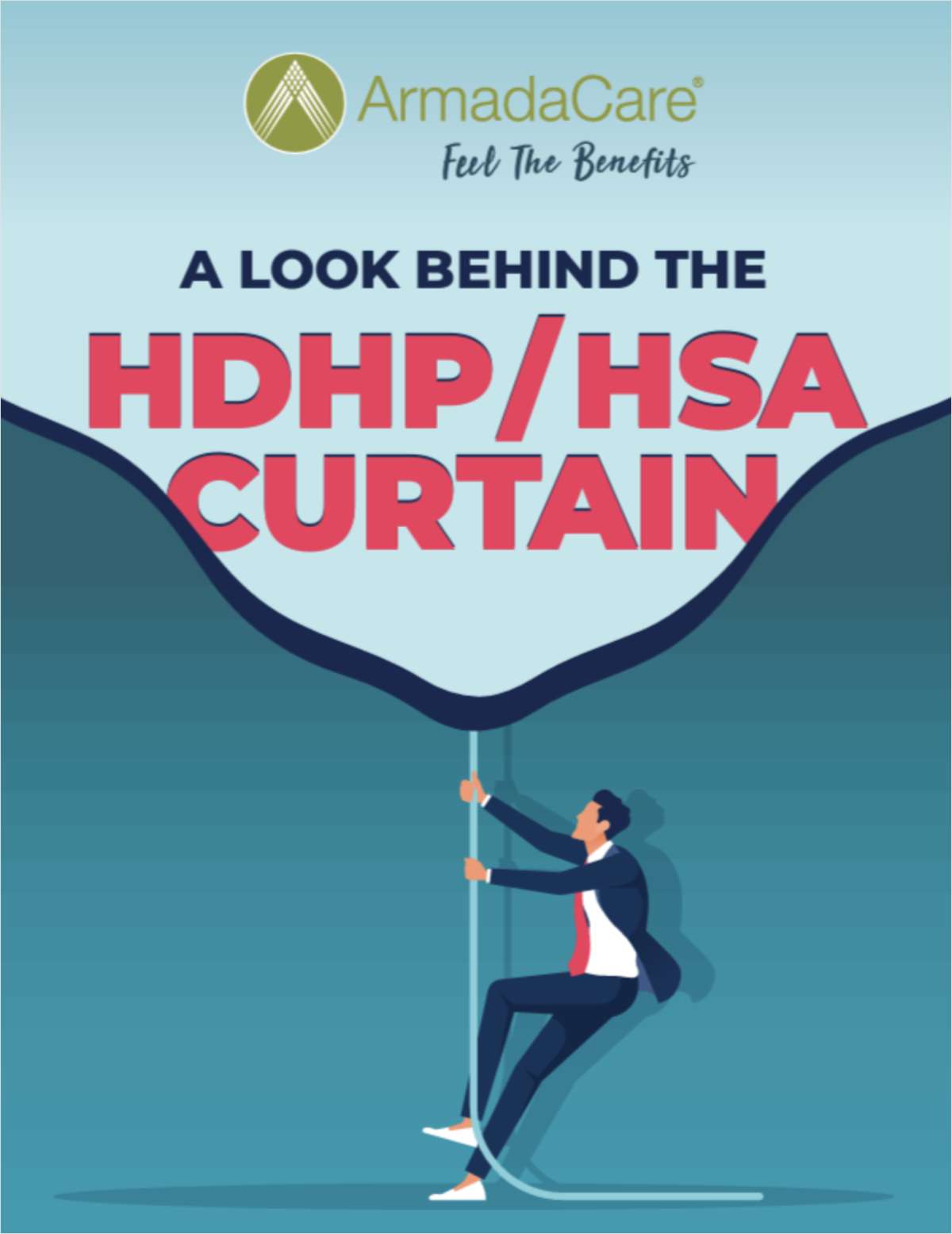 Employers are experiencing increasing pressure to attract and retain employees. Since the pandemic, employees have started to question the balance between work and life and are demanding more from their employers. In this vein, a vital niche the employer needs to give greater attention to is eldercare. Greater focus must be paid to eldercare, and the workplace should develop an Eldercare Culture that is infused both top-down and bottom-up through training applying a more proactive lens than the current EAP model.
Employers are experiencing increasing pressure to attract and retain employees. Since the pandemic, employees have started to question the balance between work and life and are demanding more from their employers. In this vein, a vital niche the employer needs to give greater attention to is eldercare. Greater focus must be paid to eldercare, and the workplace should develop an Eldercare Culture that is infused both top-down and bottom-up through training applying a more proactive lens than the current EAP model.
According to the World Economic Forum, approximately 50 million Americans quit their jobs during the Great Resignation in the hope for higher pay, more benefits and/or better career options. Another vital issue that the pandemic highlighted was the tremendous caregiving responsibilities that many employees held; as Sharpe emphasizes: "While the top reasons people are leaving their jobs are for better pay and job security, many of us are quitting because we have to care for our aging parents at home." Specifically, these caregiving arrangements are often very fragile as the caregiving arrangement is a patchwork of unpaid care which when "one thing falls through, your whole arrangement falls apart." Eldercare is a vital niche that the workplace must pay greater attention to because 1 in 5 employees are at risk of leaving the workforce due to caregiving responsibilities, and as the Rosalyn Carter white paper emphasizes, employers can and must be a part of the solution.
Premature exit from the workforce hurts the employee in terms of lost wages and benefits, and a high turnover in workforce participation hurts the employer in terms of hiring and training costs. A more nuanced assessment shows the losses occur before the employee quits and go far deeper in terms of lost productivity due to absenteeism, presenteeism and deteriorating health. For example, a study of employee caregivers found that 'more than 80% of employees with caregiving responsibilities admitted that caregiving affected their productivity' which stands in stark contrast to what employers are aware of in that "only a minority of employers (24%) responded that caregiving influenced workers' performance." This mismatch between what the employer is aware of, and the reality of what employees are burdened with should set off alarm bells within workplace management. Awareness and restructuring how we address employees' caregiving responsibilities needs much greater attention now.
Continue Reading for Free
Register and gain access to:
- Breaking benefits news and analysis, on-site and via our newsletters and custom alerts
- Educational webcasts, white papers, and ebooks from industry thought leaders
- Critical converage of the property casualty insurance and financial advisory markets on our other ALM sites, PropertyCasualty360 and ThinkAdvisor
Already have an account? Sign In Now
© 2024 ALM Global, LLC, All Rights Reserved. Request academic re-use from www.copyright.com. All other uses, submit a request to [email protected]. For more information visit Asset & Logo Licensing.








